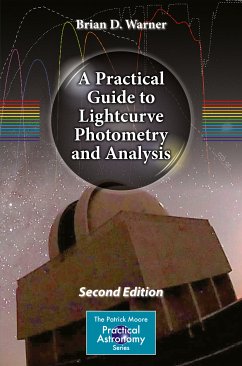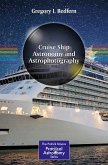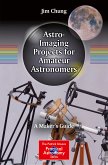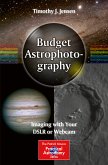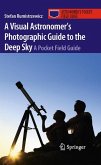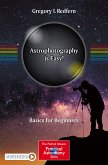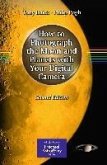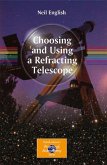Brian Warner yet again delivers all the material needed for readers to understand the theory, and avoid the practical pitfalls of lightcurve photometry. Detailed examples are given for obtaining data, and of course for the exciting and rewarding task of analyzing the data to determine the physical properties of the objects. It also includes many detailed finder charts with magnitudes for reference and detailed steps on how to go about gathering data for specific projects without misinterpretation. Any college student or amateur astronomer who wants to go beyond mere imaging with a CCD camera and enter the challenging world of "real science" via the lightcurves of asteroids and binary stars will find everything necessary in this updated book.
Dieser Download kann aus rechtlichen Gründen nur mit Rechnungsadresse in A, B, BG, CY, CZ, D, DK, EW, E, FIN, F, GR, HR, H, IRL, I, LT, L, LR, M, NL, PL, P, R, S, SLO, SK ausgeliefert werden.
Hinweis: Dieser Artikel kann nur an eine deutsche Lieferadresse ausgeliefert werden.

